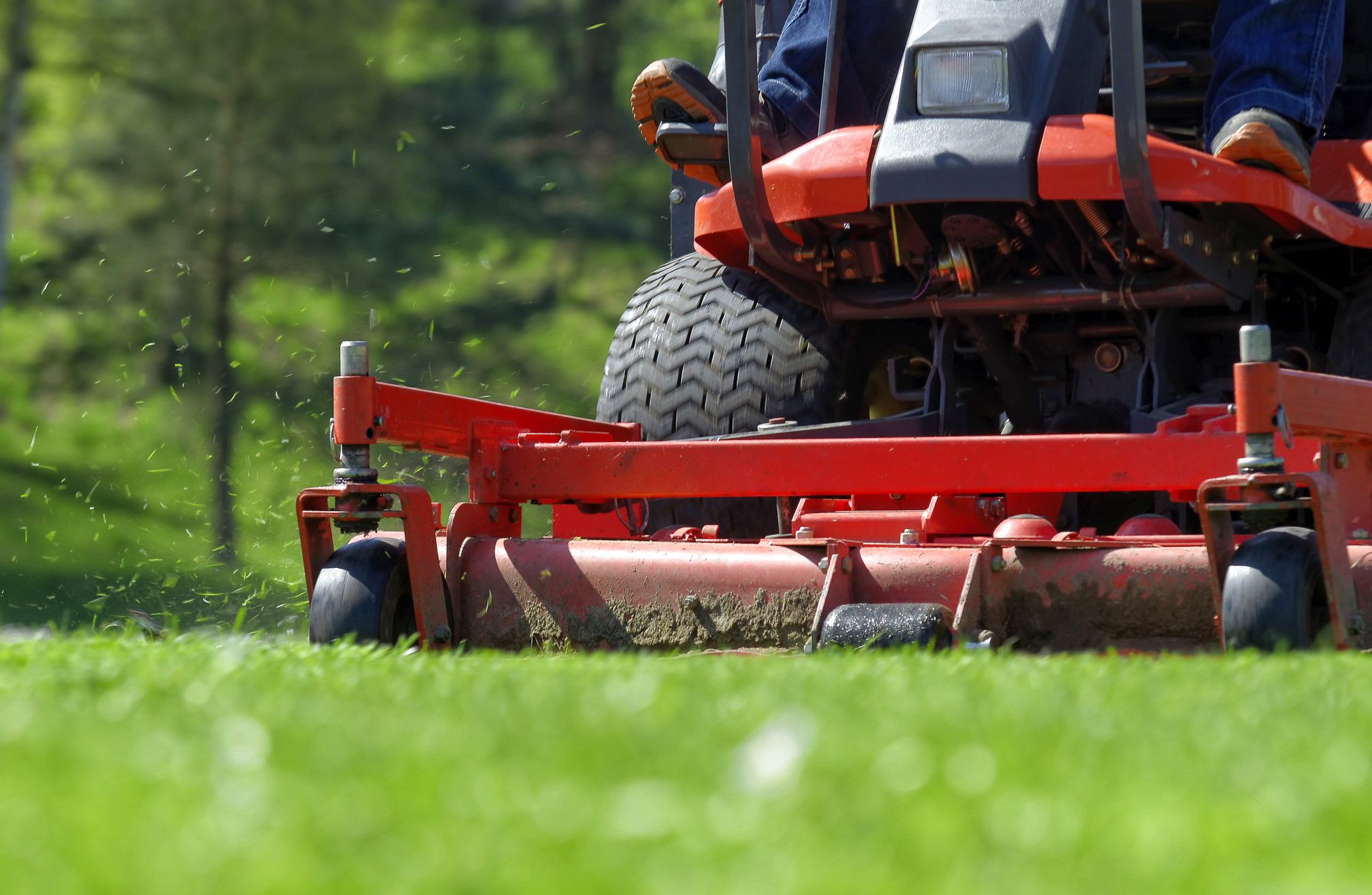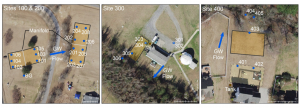Kearney GD, Balanay JG and Mannarino AJ* (January 2017). Safety Behavior and Work Safety Climate among Landscapers and Groundskeeping Workers in North Carolina: A Pilot Study. Work: A Journal of Prevention, Assessment, and Rehabilitation 56(1):45-53.
Abstract
Background: Each year, the average number of nonfatal occupational injuries among landscaping and groundskeeping workers are consistently above the total number of injuries for all other occupational injuries among worker in the U.S. From 2004 to 2007, fatalities among groundskeepers averaged 13.3 per 100,000 workers compared to an overall rate of 4.0 fatalities per 100,000 for all U.S. workers with the majority reported as either Hispanic or Latino.
OBJECTIVE: The aims of this project were to describe the use of personal protective equipment and work safety climate among a sample of landscaping and groundskeeping workers employed by public universities in North Carolina (N = 67).
METHODS: Data from a cross-sectional study was collected among workers using group- administered surveys. Statistical associations with work safety climate were tested between personal, work and safety behavior characteristics with work safety climate scores using one-way ANOVA.
RESULTS: Nearly half of workers (49.3%) reported experiencing one or more work-related injuries or illnesses within the past 12 months. While work safety practices were perceived as being very important to management, only 56.7% reported having regular safety meetings. In bivariate analysis, work safety climate scores were significantly lower among those reporting race “other than white” (P = 0.01).
CONCLUSIONS: This is the first study of its kind to evaluate work safety climate among landscaping and groundskeeping workers. Although self-reported safety practices were moderate, minority workers described their work safety climate as being poor. As a pilot study, these results suggest that employers of landscaping and groundskeeping workers could do more to improve safety climate within the organization with an emphasis on safety training for minority and underrepresented workers.
*Adam Mannarino is a 2015 graduate of our MS Environmental Health program.




